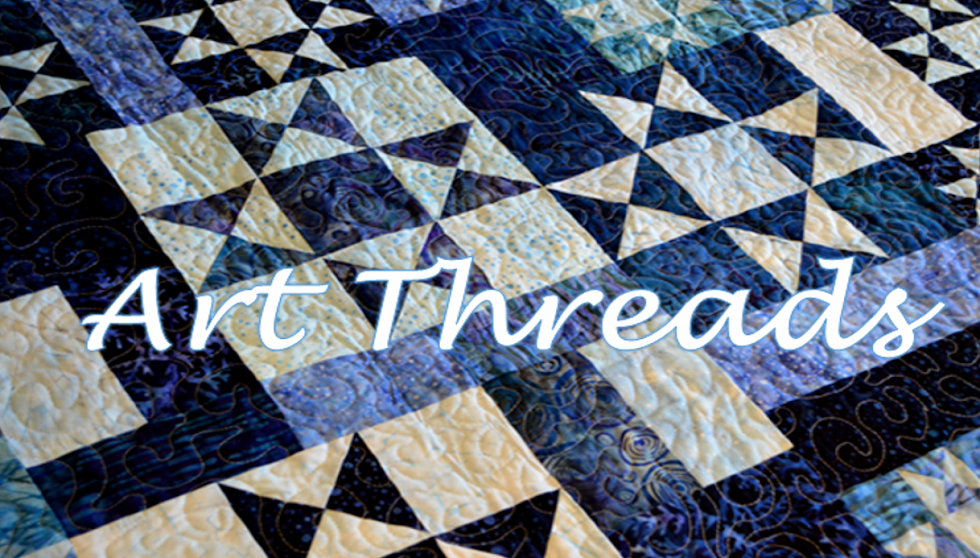I think I found a new addiction! There's something about cutting and sewing these hexagon pieces that makes it hard to stop. Just a few more, oops - how did it get to be that late??! I've been at it since last week and have amassed a giant garden of flowers. This week I'll show you how to cut the pieces and put the blocks together.
Materials:
*fabric - I'm using leftover batik fabric scraps, except for yellow - I didn't have any of that, so I bought a yard
*
hexagon template pattern here
*ruler and scissors or rotary cutter
1. Cut out one of the hexagon templates. I just used the paper, but you can use it as a pattern to make a cardboard template. I'm using fairly large hexagons because I want to machine piece the flowers together. If you want a different size, use the hexagon generator at
Incompetech's site here.
2. Depending on the size of fabric you're using, either cut hexagons individually from small scraps, layer several pieces or folds of fabric and cut several hexagons at once or make strips of fabric. Make your strip width equal to the hexagon's diameter- from side to side. For my template this is just a hair under 3 inches. Layer several strips, place flat sides of the template along the edges of the strips, and cut the remaining sides.
3. Decide on a color for your flower centers and cut those pieces. Traditionally, this fabric is the same one used for the "paths" that will border the flowers. I went with a white polka dot fabric I thought I had a lot of. You'll need a LOT of these hexagons when you start putting the borders on - I had to go buy more!
4. Begin piecing by taking a center and sewing a petal to every other side (right sides together). Don't worry about securing thread ends on these seams.
When you have all three petals on, it'll look like this:
5. Next you'll sew the remaining petals onto the center. Pin right sides together, matching the ends of the petal and center pieces.
Sew between the two lines of stitching you already have from putting the previous petals on. Don't cross these seams or your petals won't lie flat. You need to secure these ends - I just took one stitch forward, one backward and one forward - you can also stitch in place a few stitches if your machine does this easily. And you can always tie the ends if you enjoy that sort of thing! Just don't do a lot of backstitch/forward stitching or you'll get a thick layer of thread that makes it hard for your petal to lie flat.
Your block will look like this from the front.
6. Add the last two petals in the same way.
7. Next, sew each petal to its neighbor. Match the petals edges, twisting the sewn end a bit until you get it to lie flat. Pin the unsewn end. Begin sewing at the already sewn seam line and secure the beginning of your stitching (since it's a finished corner - you can tell finished corners because you begin sewing at an already sewn seam), but you can just sew through the end.
8. This is what it will look like with all the petals attached.
Now just iron and you have a finished block!
Next week, we'll put the path around the blocks and sew them together to make a larger piece of fabric. I have pillowcases in mind for my fabric, but these would also look great made into tote bags, aprons, ... and of course, quilts!
Happy Creating! Deborah






















































